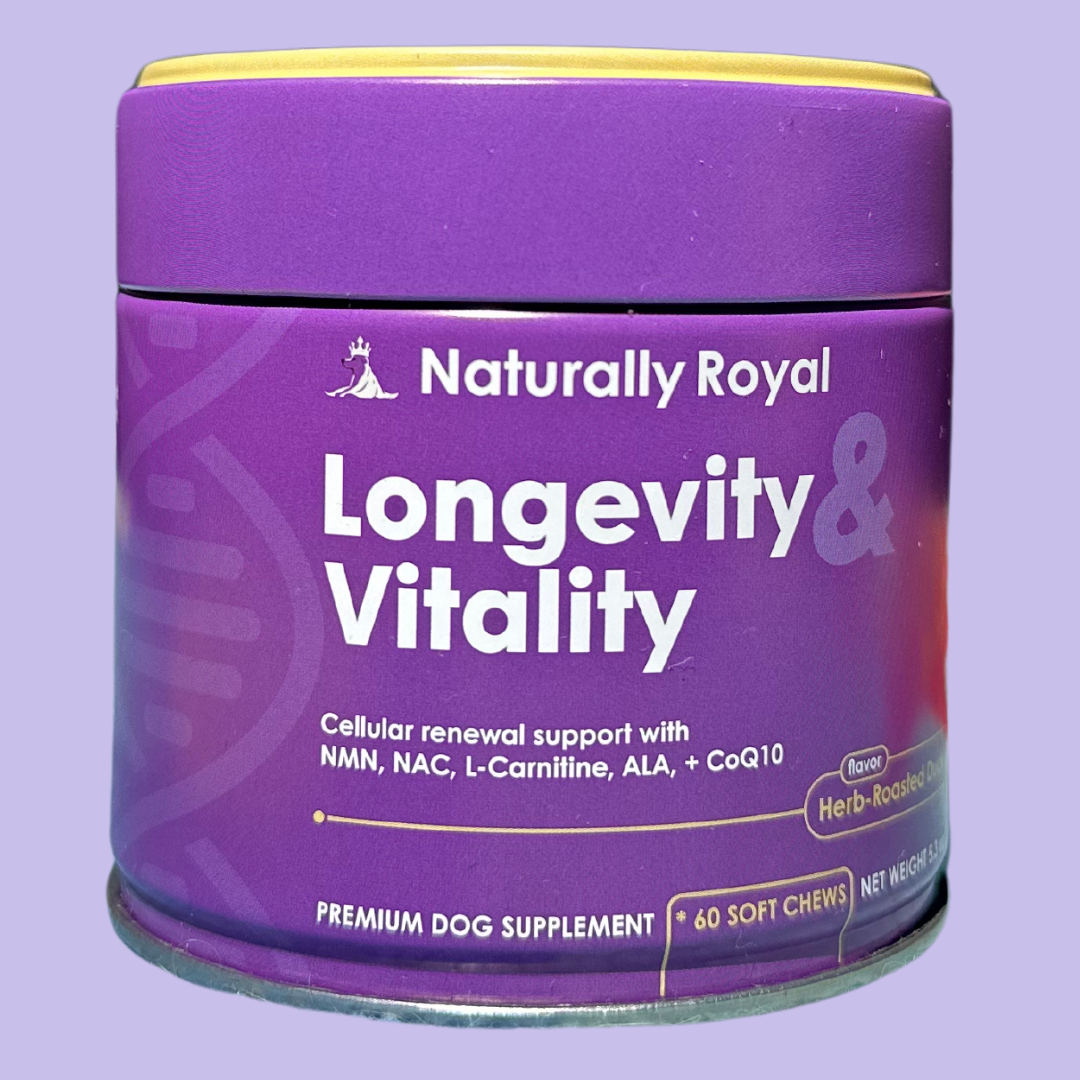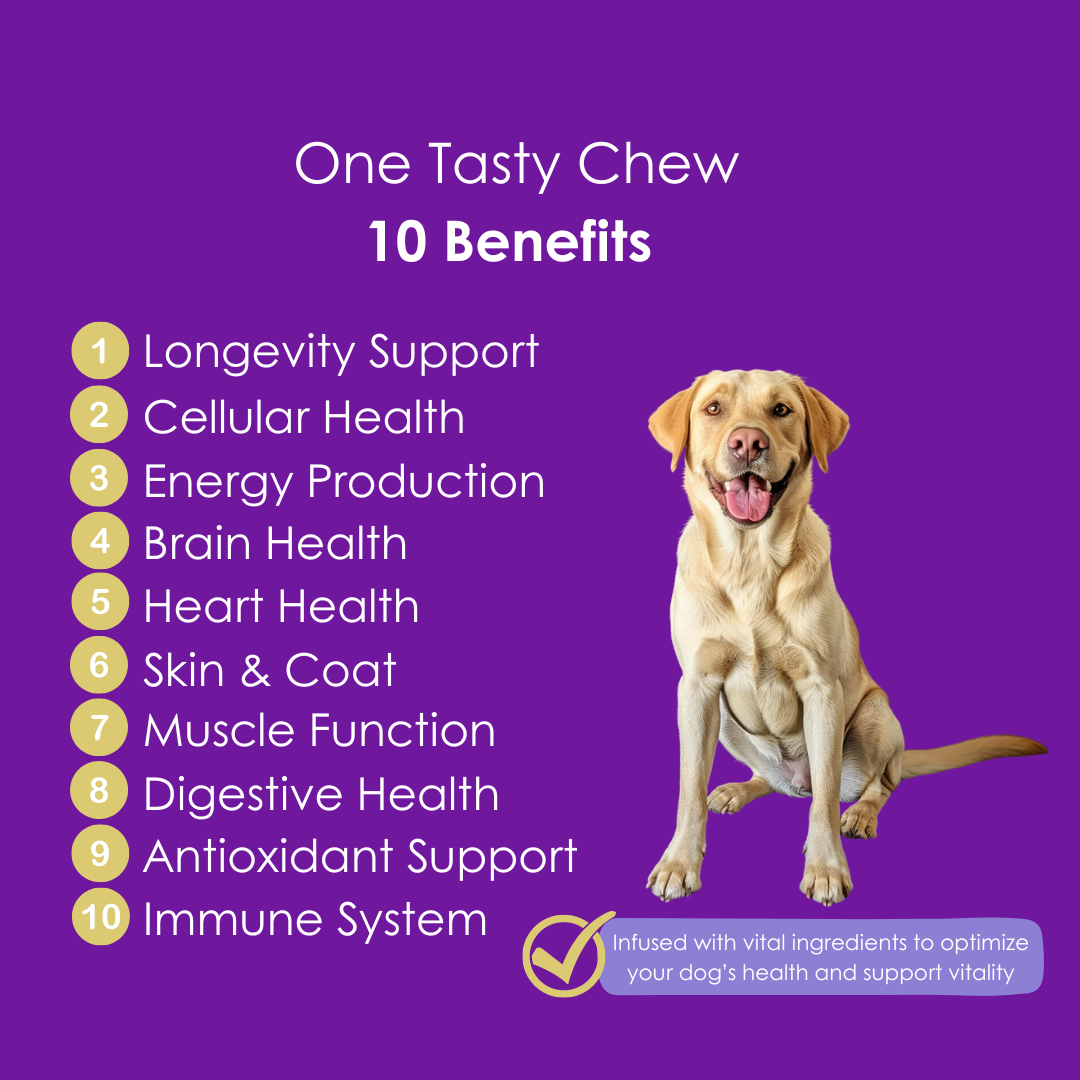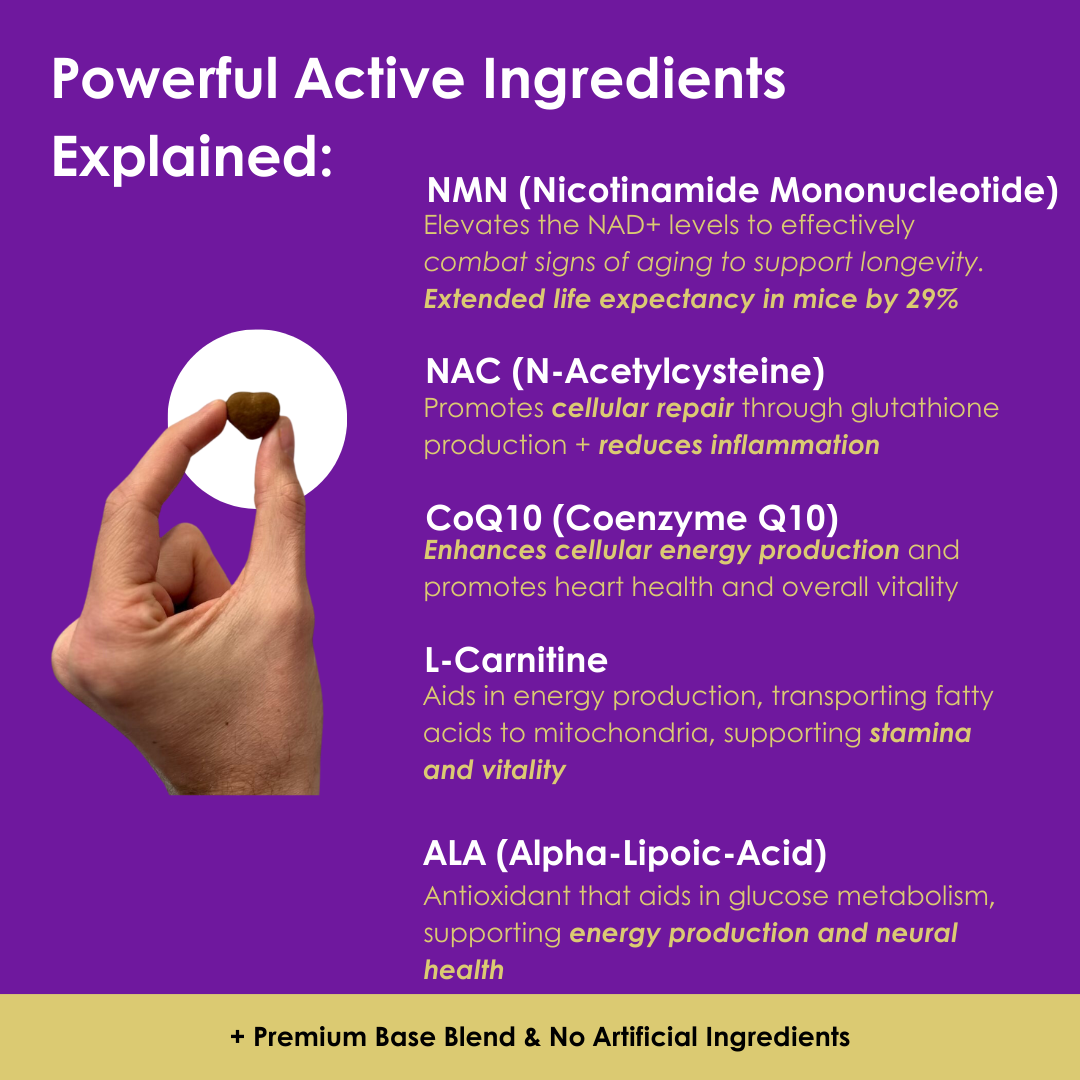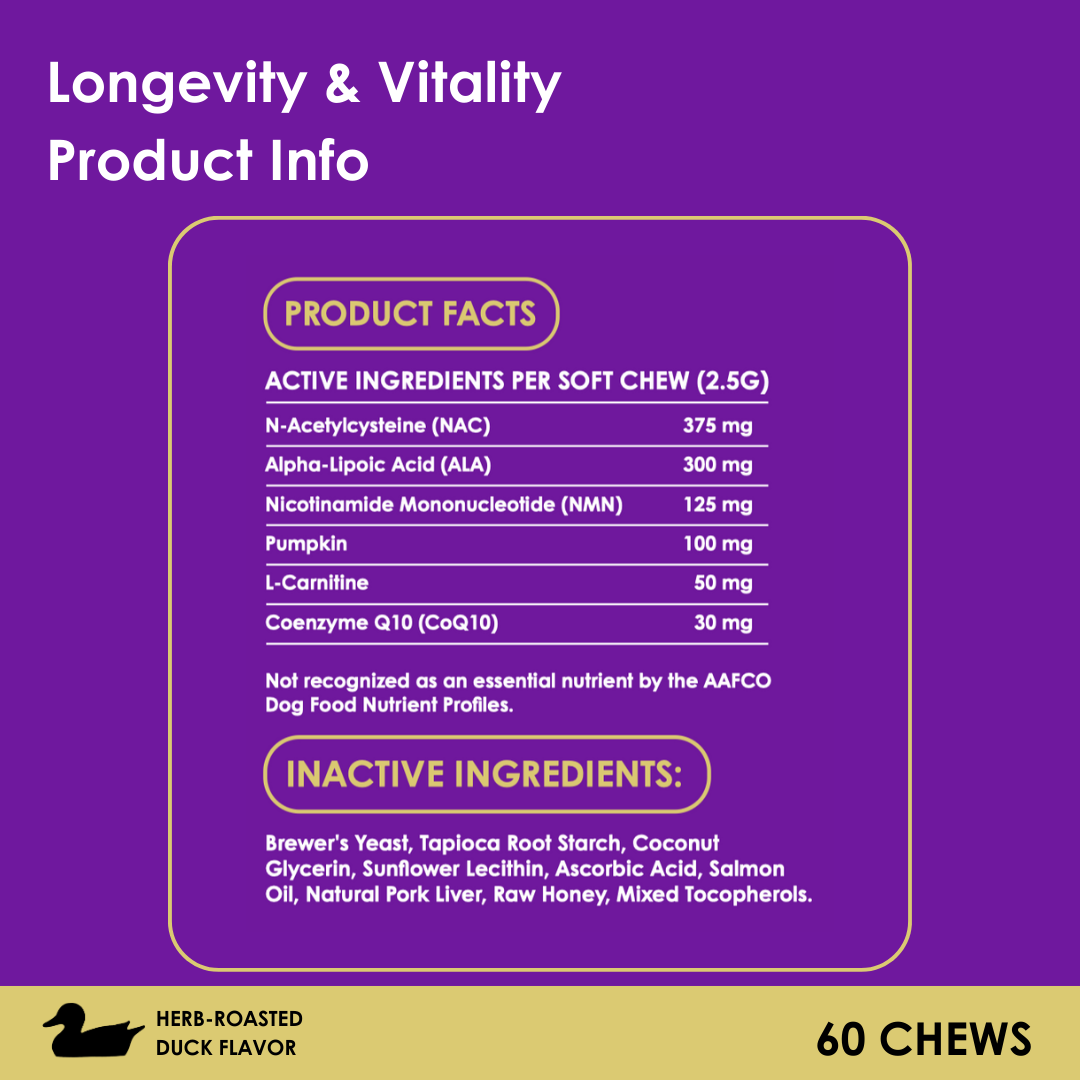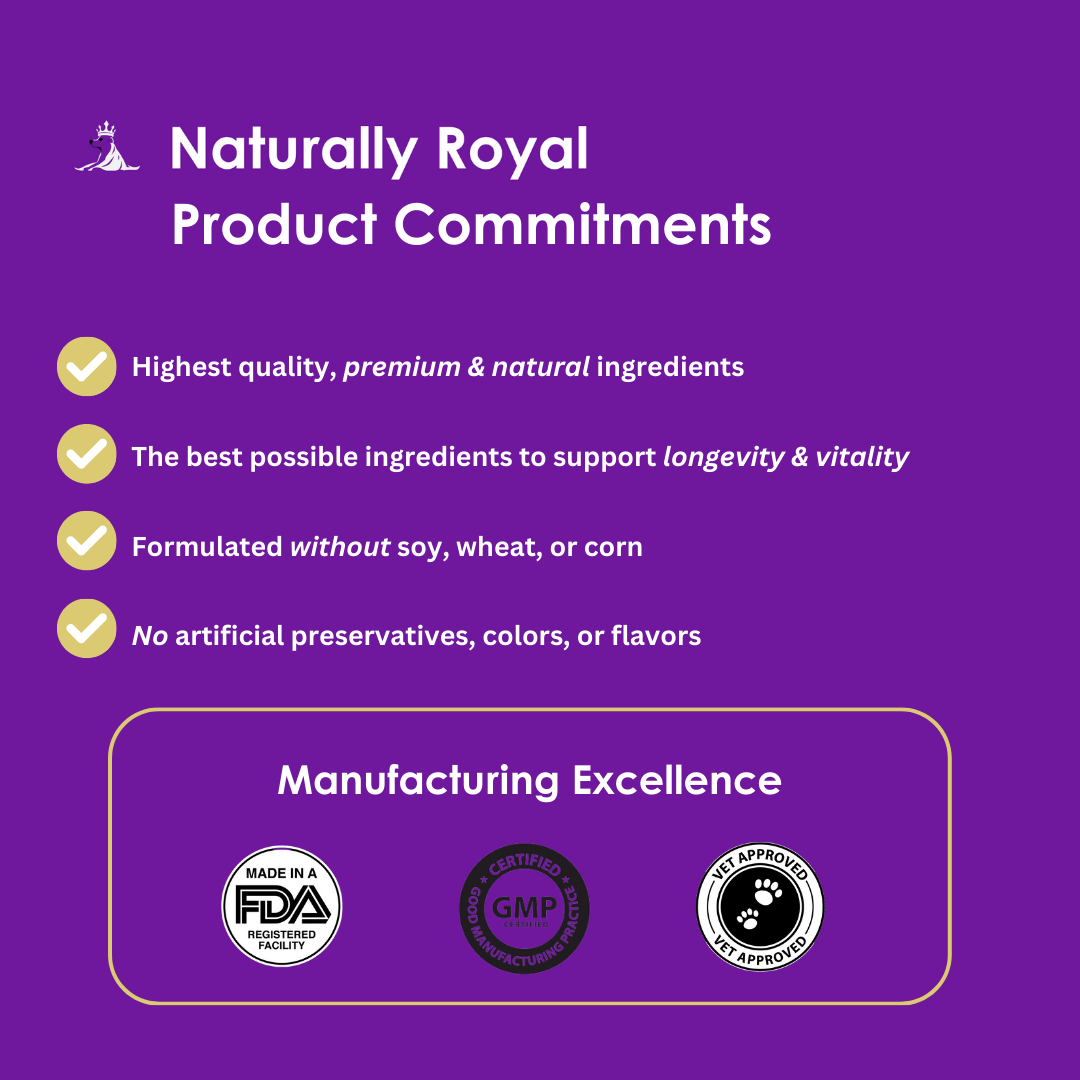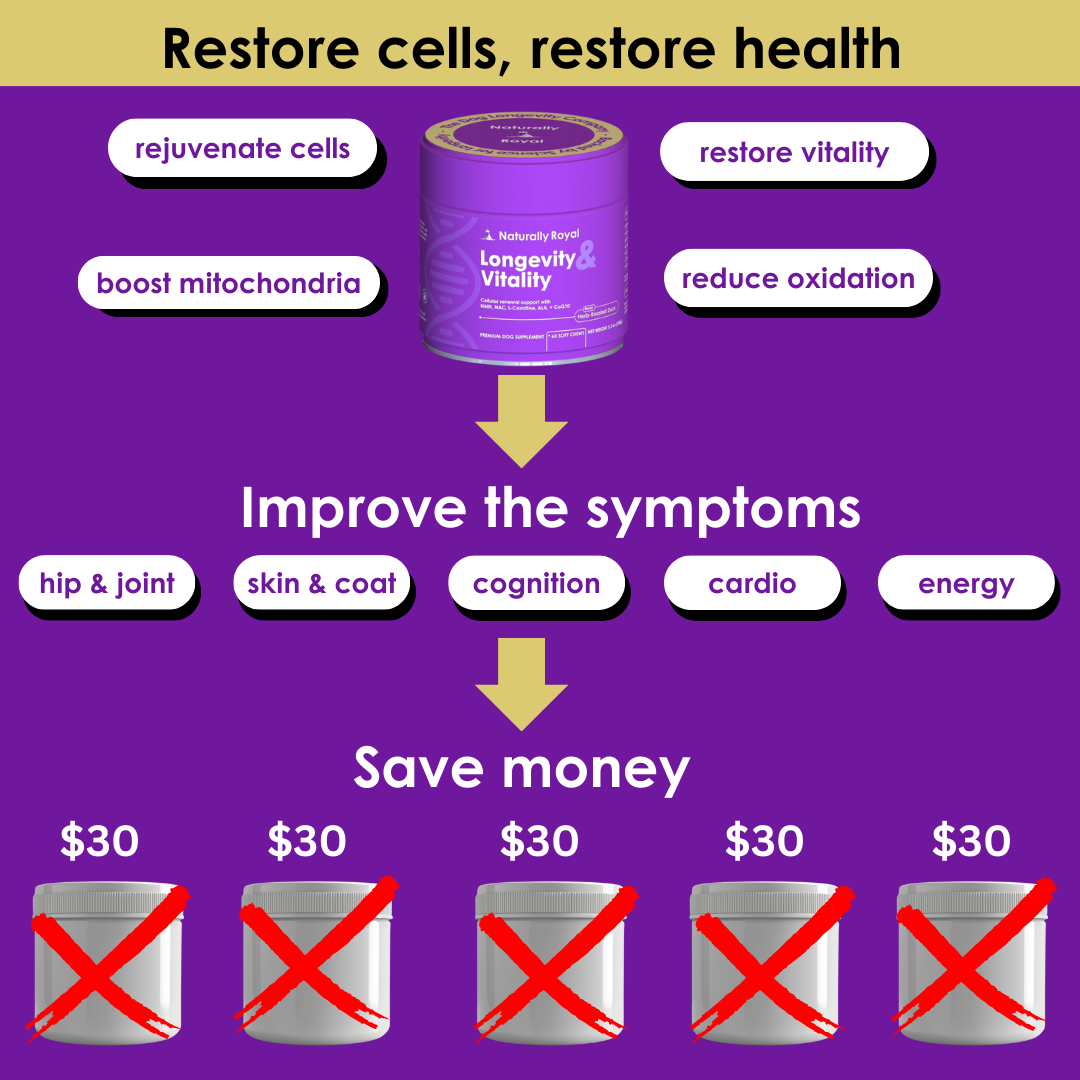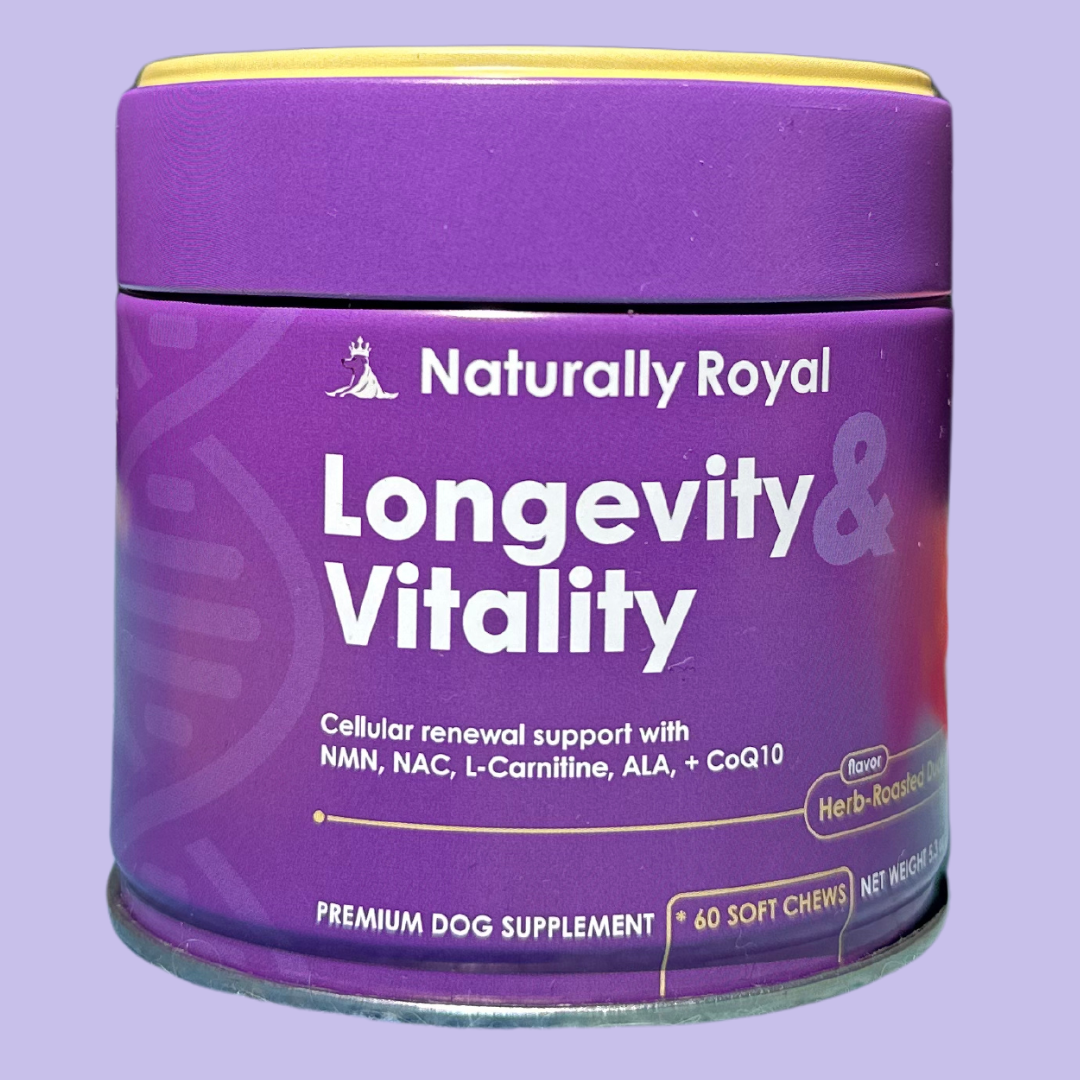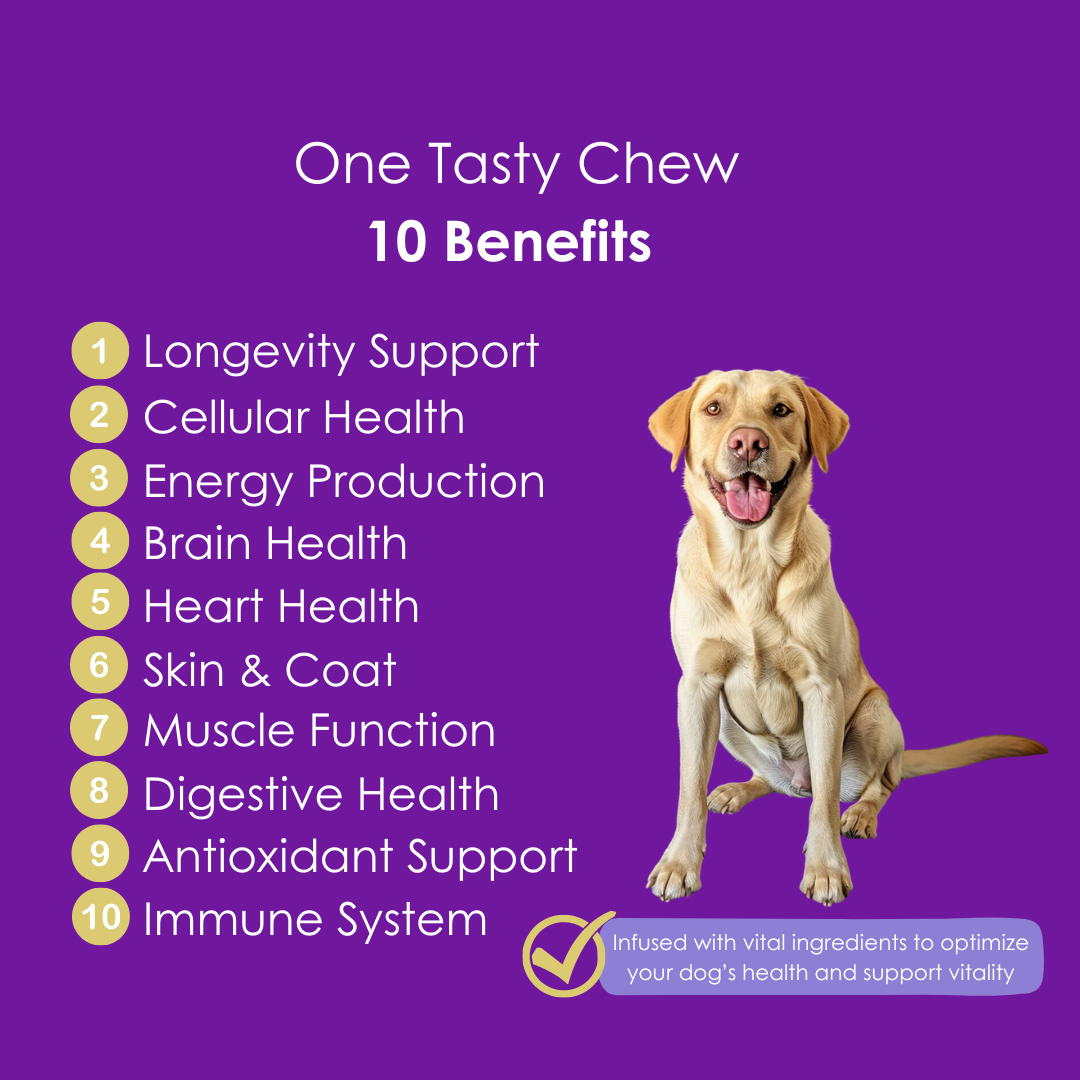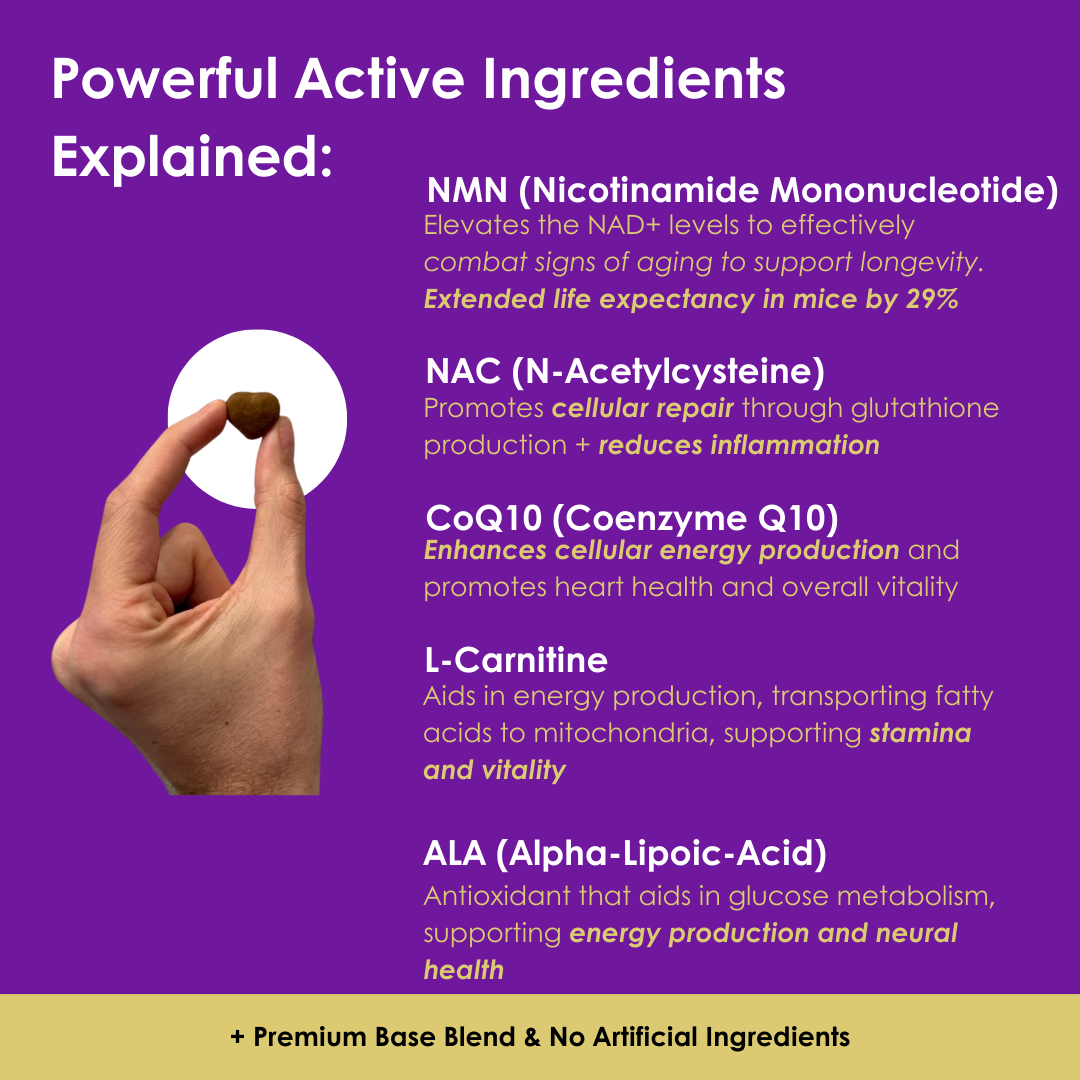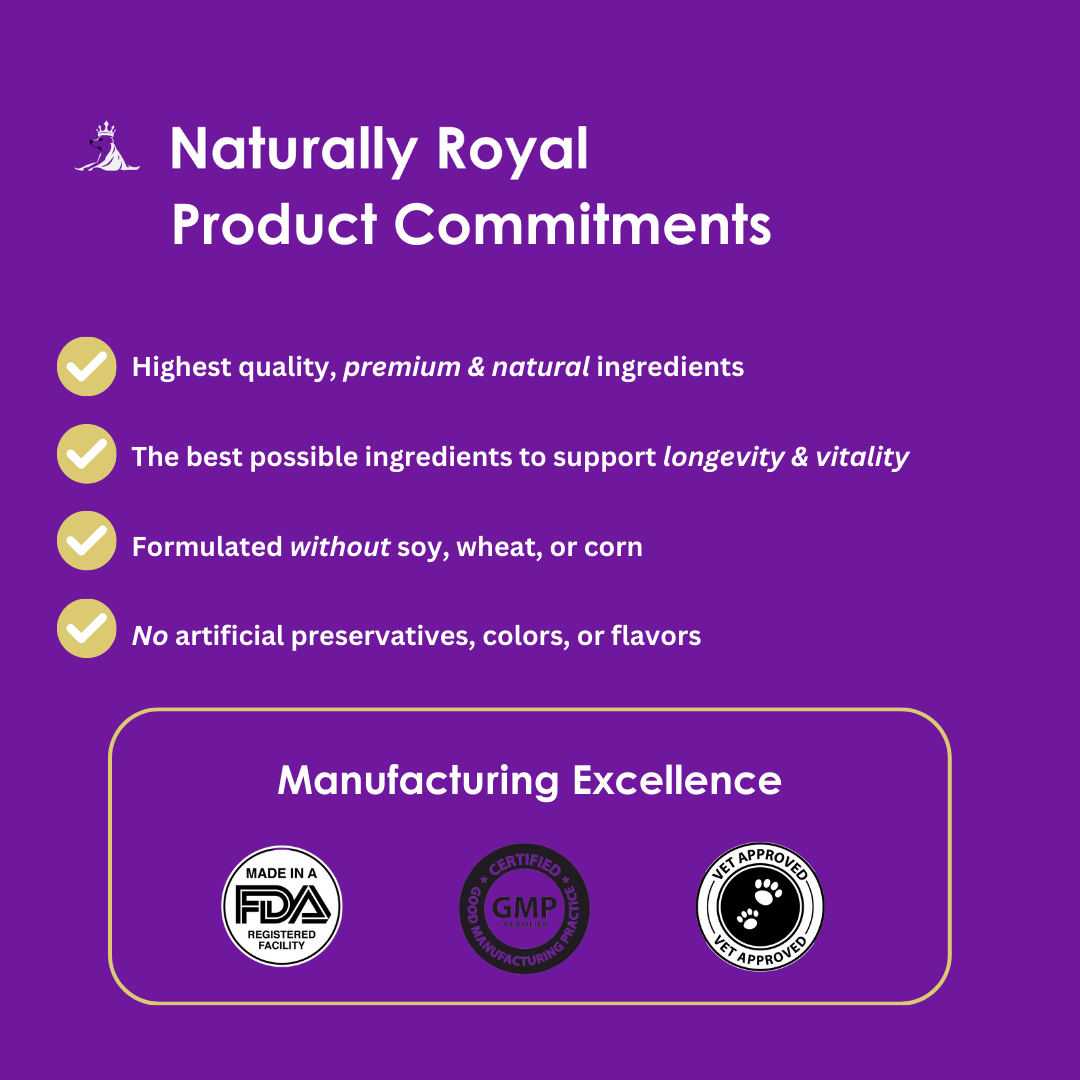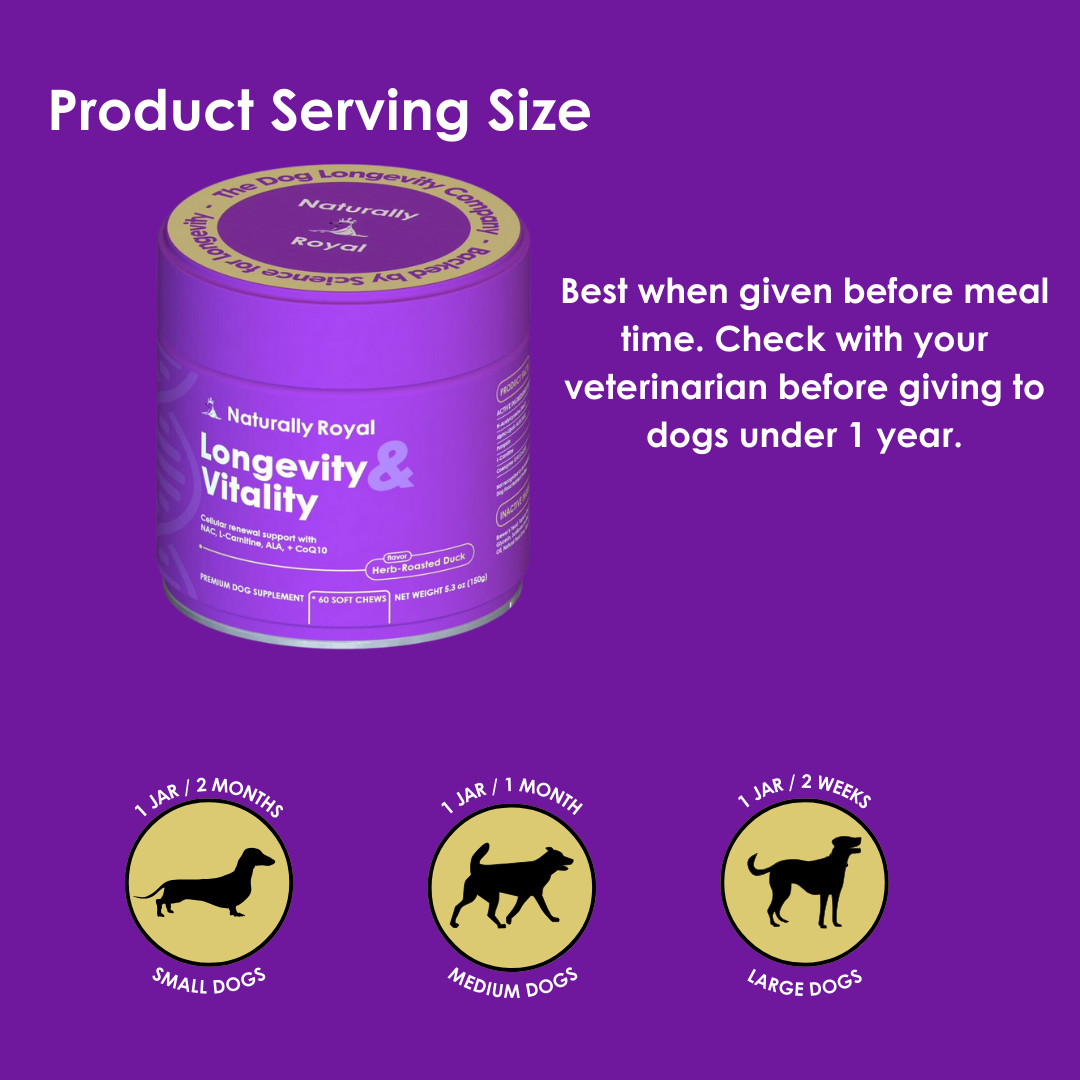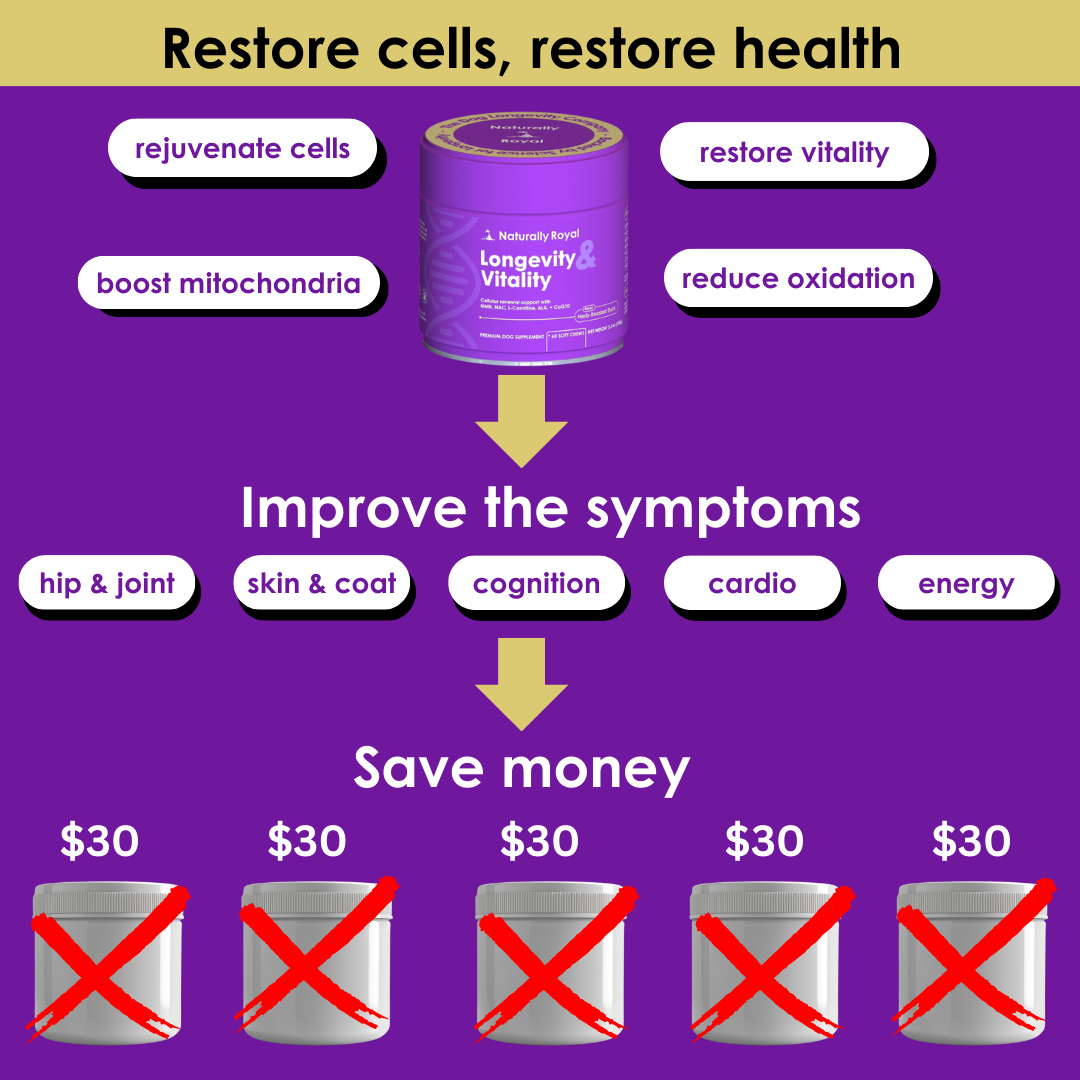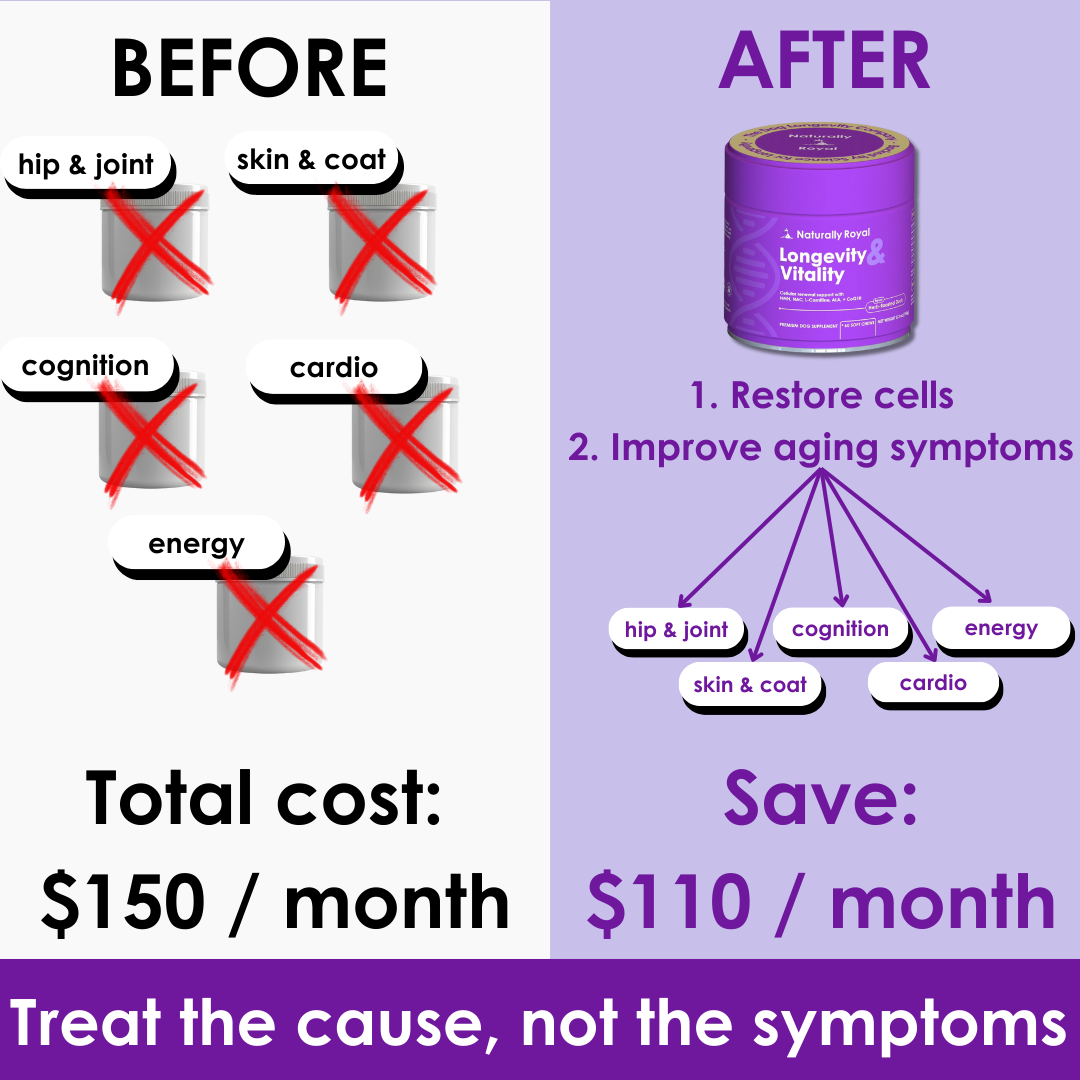How to Start with Lean Feeding
Today, we're diving into a feeding strategy that has shown to be incredibly helpful for supporting longevity: Lean Feeding. If you're looking for ways to enhance your dog's health and longevity, lean feeding might be the perfect approach.
It involves feeding your dog 25% less than their usual daily food intake and incorporating intermittent fasting with an 8-hour feeding window. Here's how to get started with lean feeding and why it matters.
What is Lean Feeding?
Lean feeding is a nutrition strategy aimed at maintaining your dog's ideal weight and improving their overall health.
The concept revolves around reducing the total amount of food your dog eats by about 25% and limiting their eating to a specific timeframe each day. A 14-year Purina study found that this results in a 15% longer life for our dogs.
This method is inspired by intermittent fasting, which has been shown to have several health benefits in humans and animals alike.
Benefits of Lean Feeding
- Weight Management: Helps maintain an ideal weight, reducing the risk of obesity and associated health problems.
- Improved Metabolism: Enhances metabolic health, potentially leading to a longer, healthier life.
- Increased Energy: Dogs may experience more stable energy levels throughout the day.
- Healthier Aging: Can contribute to a slower aging process and delay the onset of age-related diseases.
Getting Started with Lean Feeding
-
Consult Your Vet: Before making any changes to your dog's diet, it's crucial to consult with your veterinarian, especially if your dog has specific health conditions.
-
Calculate the 25% Reduction: Start by figuring out your dog's current daily food intake and then reduce it by 25%. This doesn't mean cutting out essential nutrients; focus on reducing overall calories while maintaining a balanced diet.
-
Establish an 8-Hour Feeding Window: Choose an 8-hour period during the day when your dog will have access to food. Outside of these hours, no food should be given. This helps regulate your dog's eating pattern and supports intermittent fasting benefits.
-
Gradual Transition: Begin by slowly reducing the food quantity and shortening the feeding window over a week or two. This gradual approach helps your dog adjust without stress.
-
Monitor and Adjust: Keep an eye on your dog's weight, energy levels, and overall health. You may need to adjust the feeding window or the amount of food based on their response.
Tips for Success
- Quality Over Quantity: Ensure the food you're providing is high in nutrients to support your dog's health despite the reduced quantity.
- Stay Consistent: Try to stick to the same feeding times every day to help your dog adapt to their new eating schedule.
- Hydration: Ensure your dog has access to fresh water at all times, especially during fasting periods.
Lean feeding can be a powerful tool for improving your dog's health and potentially extending their lifespan. By focusing on a balanced diet, reducing caloric intake, and implementing intermittent fasting, you're setting the stage for a happier, healthier pup. Remember, every dog is different, so it's essential to tailor this approach to your dog's specific needs and monitor their progress closely.


